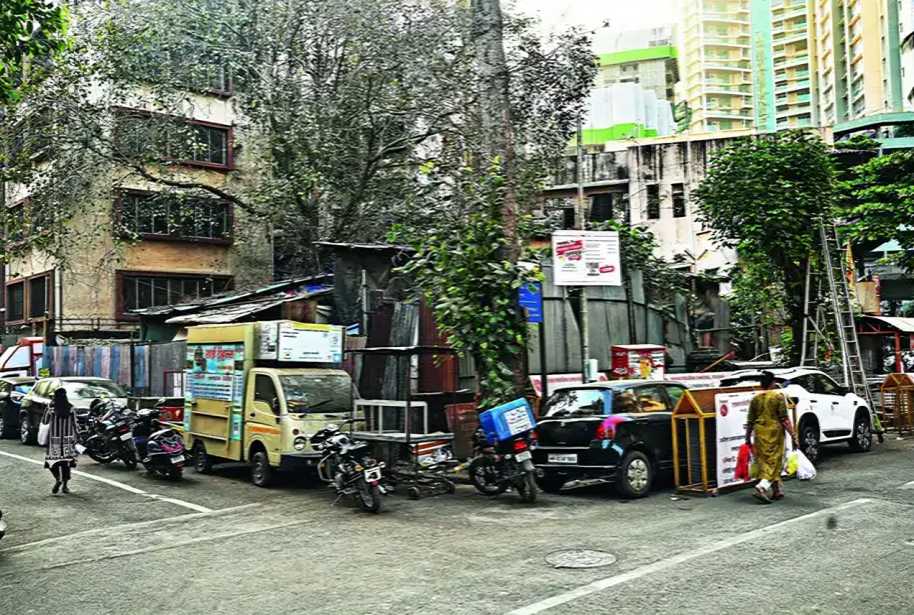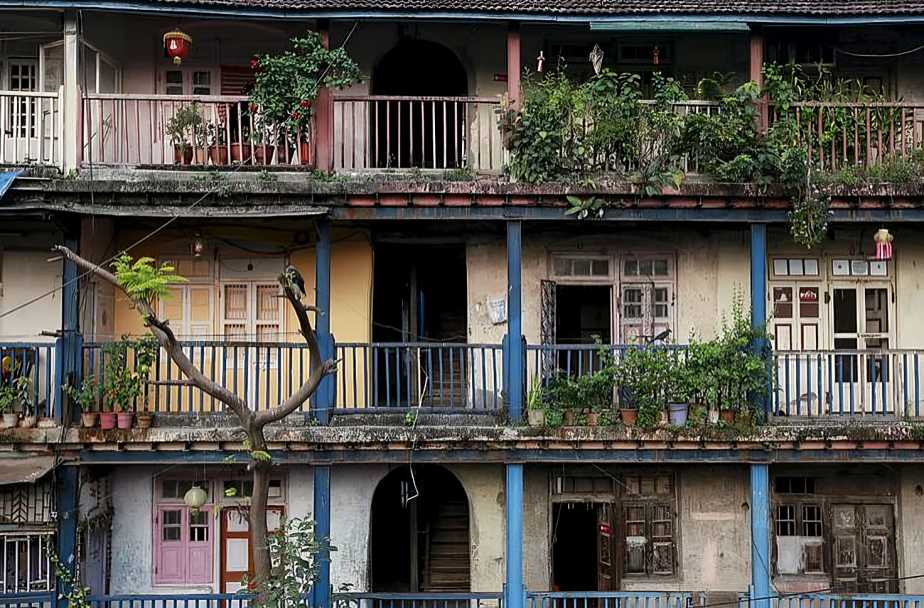Mumbai’s Gopal Krishna Gokhale Bridge in Andheri, a vital east-west connector, has fully reopened after being partially closed for nearly two and a half years. With the southern arm now operational, traffic between Andheri East and West is expected to ease significantly. The Gokhale Bridge reopening is part of a broader trend in Mumbai’s ongoing effort to replace or reconstruct its ageing, often deteriorating, colonial-era bridges to meet modern engineering, traffic, and safety standards.
The Delisle Road Bridge in Lower Parel, which had been closed since 2018 and reopened in stages, serves as another example. Likewise, the Carnac Bridge near CST, deemed unsafe, was demolished after decades of service, resulting in major diversions and delays in the city’s business district. The Reay Road Bridge is also undergoing reconstruction.The larger picture is clear: Mumbai is gradually updating its infrastructure, particularly bridges constructed during the British era, which were designed for a different scale of urban life. These bridges were not built to support the current volume of vehicles or the high urban density seen today.
Their closures, often causing significant traffic disruption, highlight the need for upgrades. This redevelopment wave, while necessary, is not without its challenges. The Gokhale Bridge project, for example, faced issues such as a 1.5-metre misalignment with the CD Barfiwala flyover, a flaw that should have been identified during planning. Such oversights can slow progress and undermine public confidence.
Therefore, reimagining these connections is essential. Bridges are not just physical structures; they influence commuting patterns, residential choices, and commercial property values. The Gokhale Bridge reopening marks a significant step, but Mumbai’s ongoing bridge redevelopment must embrace both improved engineering and thoughtful city planning to meet the demands of an evolving metropolis.
Source: Realty





